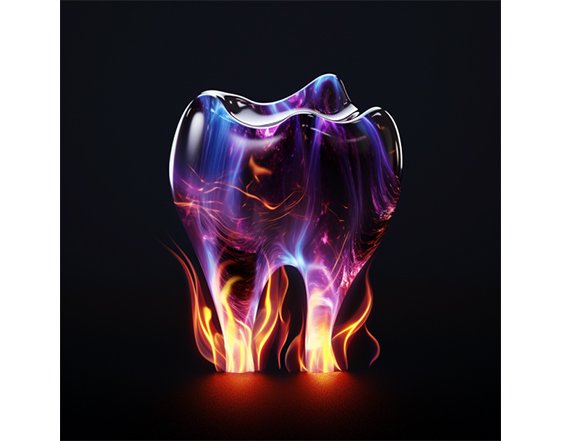Cavities, also known as dental caries or tooth decay, are a common dental problem affecting people of all ages. They occur when the hard outer layer of your teeth, known as enamel, is gradually broken down by acids produced by bacteria in your mouth. While cavities are a prevalent issue, there is a common misconception that they can heal or go away on their own. In this article, we will explore the truth behind this notion and discuss the factors that influence cavity development and management.
The Formation of Cavities
To understand whether cavities can go away on their own, it’s essential to know how they form. Cavities are typically the result of a combination of factors:
- Bacteria: Harmful bacteria in your mouth feed on sugars and starches from the food you eat. As they consume these sugars, they produce acids that can erode the enamel on your teeth.
- Plaque Formation: Bacterial acids, along with food particles, can form a sticky film called plaque on your teeth. If not removed through proper oral hygiene practices, plaque can further contribute to enamel erosion.
- Enamel Breakdown: Over time, the acids from bacteria weaken the enamel, leading to the formation of small holes or cavities. Once cavities develop, they can progress and become more extensive without intervention.
Can Cavities Heal Themselves?
The short answer is no; cavities cannot heal on their own. Once enamel is damaged and cavities form, the tooth structure cannot regenerate or repair itself naturally. Enamel does not contain living cells, so it lacks the ability to heal in the way other parts of the body can.
Cavity Progression
Without proper treatment, cavities tend to worsen over time. They can extend deeper into the tooth, eventually reaching the sensitive inner layers, such as dentin and the pulp chamber. This progression can lead to more significant dental problems, including toothache, infection, and abscesses.
Prevention and Treatment
While cavities cannot heal spontaneously, they can be effectively managed and prevented through various means:
- Oral Hygiene: Regular brushing and flossing help remove plaque and food particles, reducing the risk of cavity formation.
- Dietary Choices: Limiting sugary and starchy foods can reduce the availability of food for cavity-causing bacteria.
- Fluoride: Fluoride, found in toothpaste, mouthwash, and tap water, strengthens enamel and can reverse early-stage enamel damage.
- Dental Check-ups: Routine dental visits allow your dentist to identify and treat cavities in their early stages, preventing them from progressing.
- Dental Fillings: When cavities are detected, your dentist can remove the damaged enamel and fill the cavity with materials like amalgam or composite resin to restore the tooth’s function and appearance.
- Sealants: Dental sealants can be applied to the chewing surfaces of molars to prevent cavity formation in the deep grooves of these teeth.
Conclusion
In summary, cavities do not go away on their own. Once enamel is compromised, it cannot regenerate naturally. Prevention and early intervention are crucial in managing cavities and maintaining good oral health. Regular dental check-ups, proper oral hygiene practices, and a balanced diet are essential in reducing the risk of cavity development. If you suspect you have a cavity, don’t delay seeking dental care to prevent the problem from worsening and causing more significant dental issues in the future.



